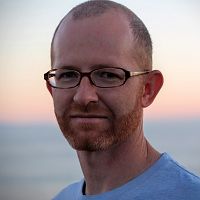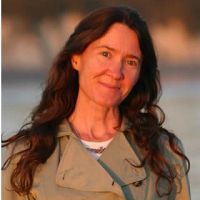Ryan et al., 2017
A Coupled Model for Simulating Future Wildfire Regimes in the Western U.S.
Ryan R. Bart, Maureen C. Kennedy, Christina (Naomi) Tague, Erin J. Hanan (2017)
Fall Meeting, American Geophysical Union, December 2017. Abstract GC51A-0789.
-
Sierra, COLLABORATOR
-
Sierra, INVESTIGATOR
Abstract
Higher temperatures and larger fuel loads in the western U.S. have increased the size and intensity of wildfires over the past decades. However, it is unclear if this trend will continue over the long-term since increased wildfire activity has the countering effect of reducing landscape fuel loads, while higher temperatures alter the rate of vegetation recovery following fire. In this study, we introduce a coupled ecohydrologic-fire model for investigating how changes in vegetation, forest management, climate, and hydrology may affect future fire regimes. The spatially-distributed ecohydrologic model, RHESSys, simulates hydrologic, carbon and nutrient fluxes at watershed scales; the fire-spread model, WMFire, stochastically propagates fire on a landscape based on conditions in the ecohydrologic model. We use the coupled model to replicate fire return intervals in multiple ecoregions within the western U.S., including the southern Sierra Nevada and southern California. We also examine the sensitivity of fire return intervals to various model processes, including litter production, fire severity, and post-fire vegetation recovery rates. Results indicate that the coupled model is able to replicate expected fire return intervals in the selected locations. Fire return intervals were highly sensitive to the rate of vegetation growth, with longer fire return intervals associated with slower growing vegetation. Application of the model is expected to aid in our understanding of how fuel treatments, climate change and droughts may affect future fire regimes.
Citation
Ryan R. Bart, Maureen C. Kennedy, Christina (Naomi) Tague, Erin J. Hanan (2017): A Coupled Model for Simulating Future Wildfire Regimes in the Western US. Fall Meeting, American Geophysical Union, December 2017. Abstract GC51A-0789..
Explore Further


